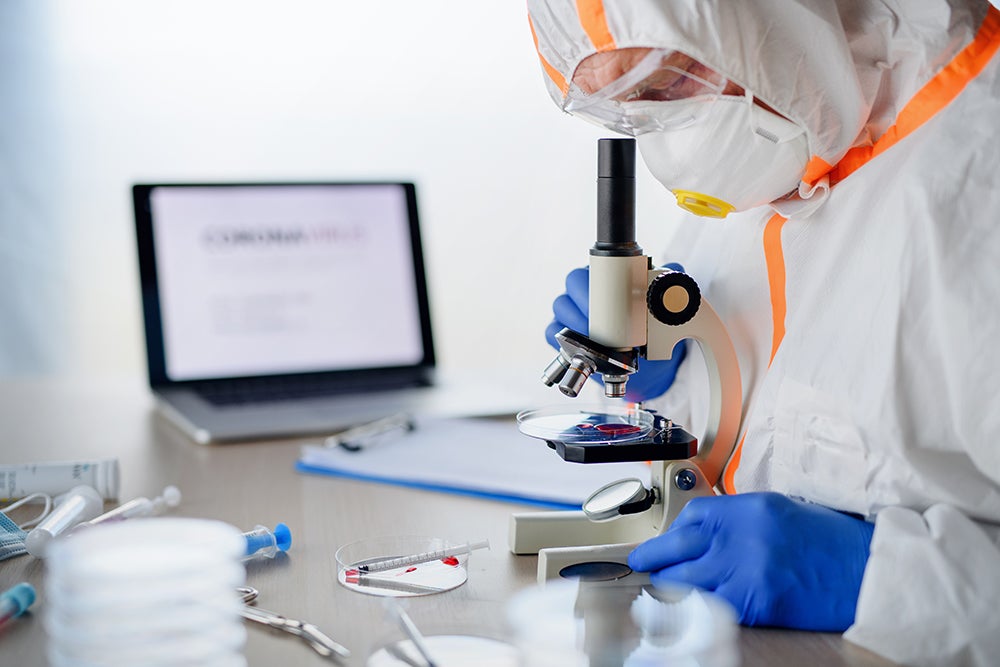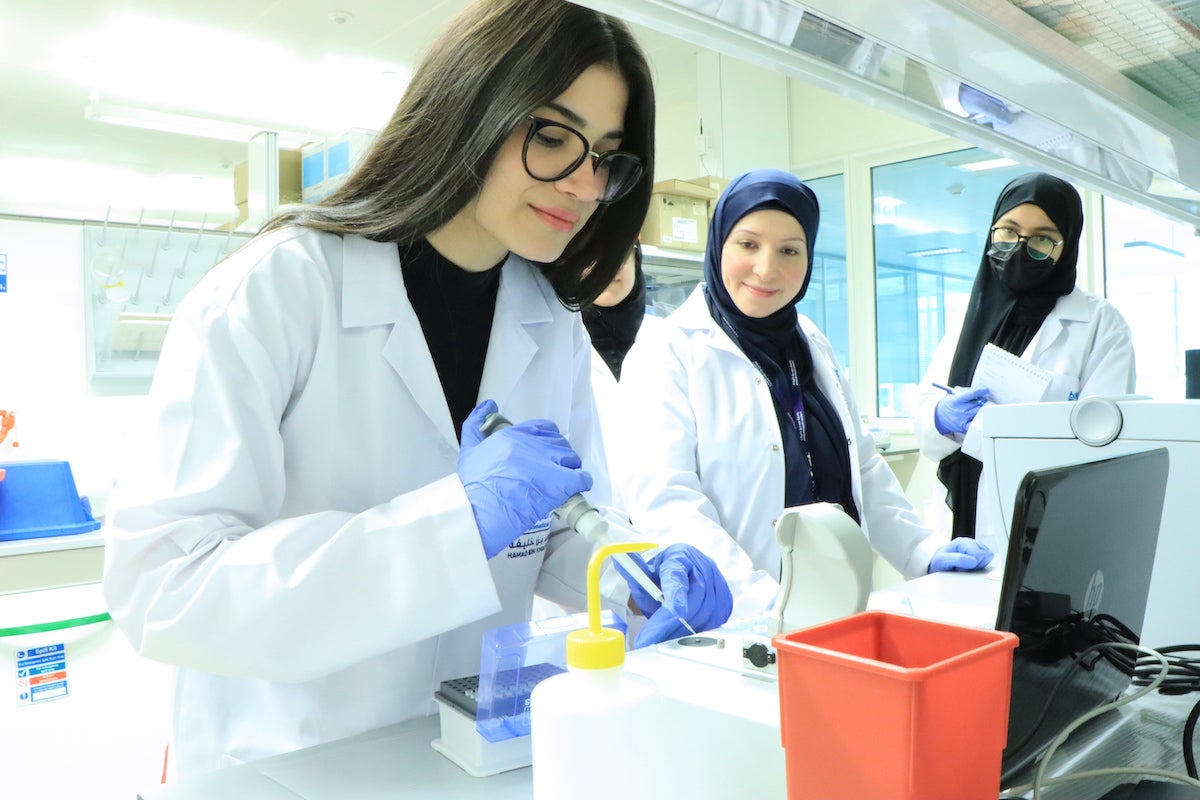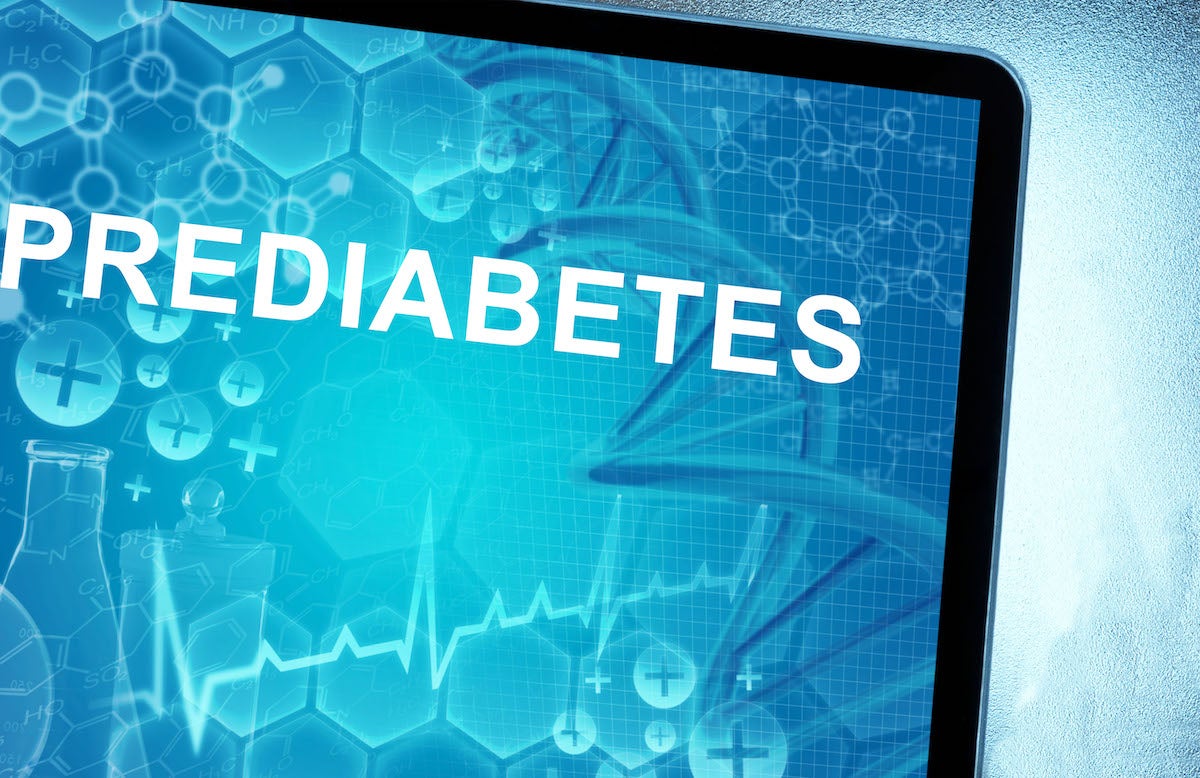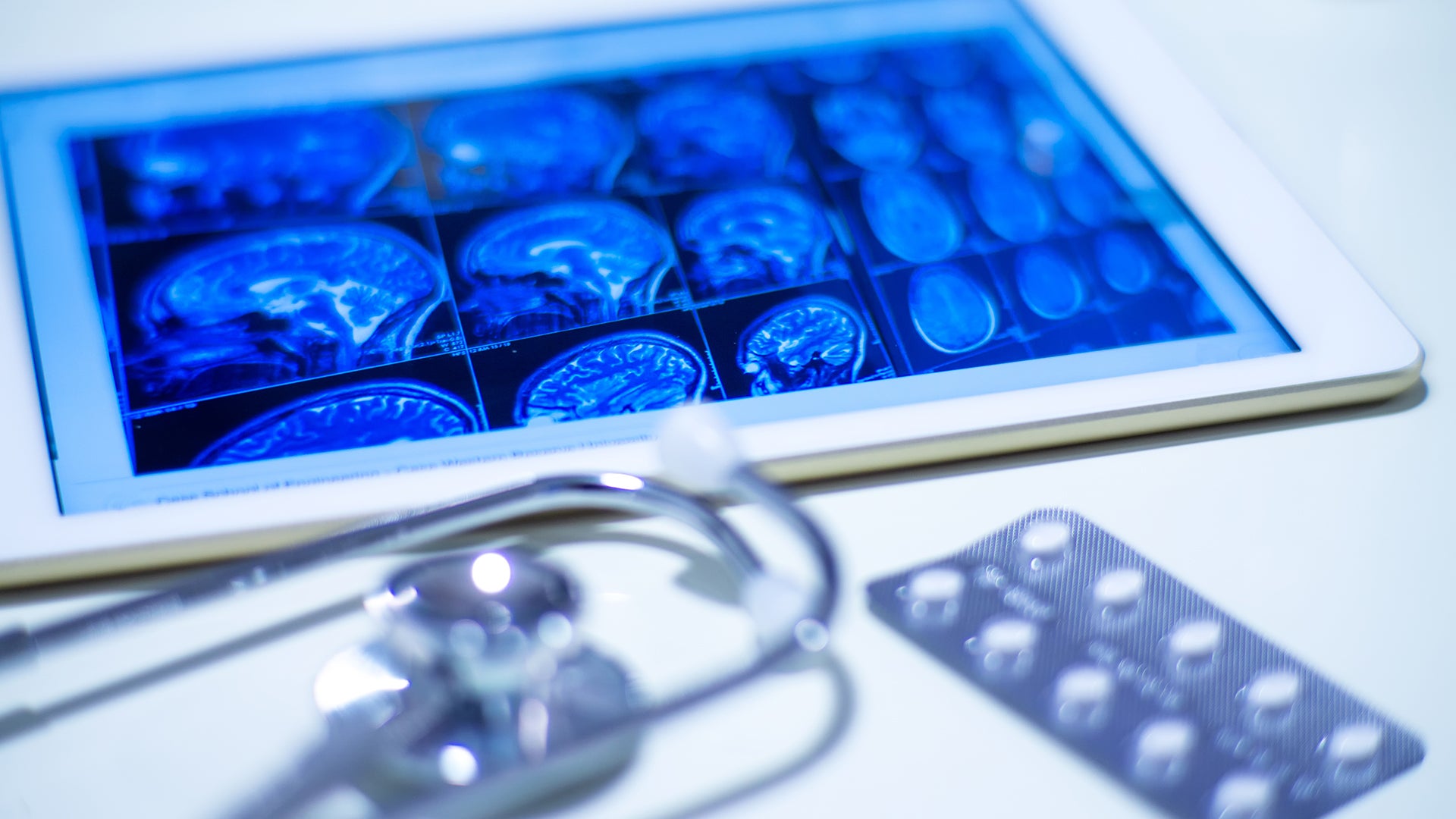
About half a year into the COVID-19 pandemic, the world eagerly awaits a breakthrough in immunization and treatment. However, thorough and ethical science can be a lengthy process. Nevertheless, with a multi-billion dollar global investment, the race for vaccine and treatment development has been unprecedented. This week, QBRI experts provide an update on the current vaccine trials and the repurposed drug dexamethasone for COVID-19 treatment.
The COVID-19 Vaccine Race
The race to develop a vaccine to end the COVID-19 pandemic is frenetic. For the past few months, many countries around the world have tested their scientific capabilities to develop vaccines in the shortest possible time. In general, the goal of a vaccine is to "train" the immune system to generate a response against the virus, and, to achieve this, vaccines often use live attenuated, inactivated, or fragmented viruses. The development of a vaccine generally takes several years but, in the case of the COVID-19 pandemic, scientists hope to achieve it in a matter of months.
Scientific protocols include several mandatory steps to verify efficacy and ensure that the vaccine does not have serious side effects. First, there is a preclinical study (Phase 0), with tests on animals. This is followed by a further 3 Phases (I, II, and III), in which the vaccine is tested in large groups of humans for its safety and efficacy. Phase IV trials involve the long-term safety surveillance of a vaccine. Because of the speed at which experimentation is taking place, some vaccines can go through several phases simultaneously. Governments are investing in the forerunners, and large-scale production of several candidates is already ongoing to ensure that these vaccines are available as soon as they have been approved. There are currently more than 200 COVID-19 vaccine (link) development groups working globally. The World Health Organization (WHO) is tracking around 167 vaccines, and 48 are currently being tested in humans in clinical trials (Figure 1).
The number in parentheses represents the number of candidate vaccines in the respective phase. Illustration based on data published in World Health Organization. DRAFT landscape of COVID-19 candidate vaccines - 13 August 2020. and the Biorender COVID-19 Vaccine Tracker.
Next-generation vaccine technologies, such as mRNA and adenoviral-based vaccines, are emerging as promising alternatives to traditional vaccines. mRNA vaccines can be manufactured quickly and tailored for a broad range of conditions. Though mRNA vaccines targeting various infectious diseases and cancer are generally safe and well-tolerated, they have not yet been approved for use in humans. There are four COVID-19 mRNA vaccines currently in clinical trials; one such vaccine, CVnCoV (2) from the German biotech company CureVac, is presently in Phase I and has been of particular interest here, as the Qatar Investment Authority (QIA) has taken an undisclosed stake in the firm (3). The adenoviral-based vaccine technologies are also under development, one example being the Adenovirus Type 5 Vector by CanSino Biological Inc./Beijing Institute of Biotechnology in China (4).
Here we highlight 3 out of the 6 vaccines currently in Phase III that have shown encouraging results:
- ChAdOx1 nCoV-19: The University of Oxford, in collaboration with the pharmaceutical company Astra Zeneca, announced positive results for its vaccine in the first phases of trials (5). This one, in particular, was created from a virus that causes the common cold in chimpanzees. The chimpanzee adenovirus was genetically modified to be more similar to the SARS-CoV-2 coronavirus and does not cause infections in humans. The trials were carried out with about 1000 volunteers and, in 90% of cases, neutralizing antibodies were developed after the first dose. No critical adverse reactions to the vaccine were shown, but 70% of subjects developed fever or headache. The next stage extends the tests to 10,000 people in the United Kingdom, the United States, South Africa, and Brazil (6).
- mRNA-1273: The company ModernaTX, Inc. in the United States is among the leading developers of a candidate mRNA vaccine. Moderna scientists have injected into patients a small fragment of the coronavirus genetic code synthesized in the lab. According to the company, the study participants developed the same level of antibodies as patients who recovered from COVID-19 (7). ModernaTX, Inc., whose testing is funded by the US government, entered a Phase III trial with a targeted enrollment number of 30,000 participants.
- CoronaVac: This vaccine uses the chemically inactivated SARS-CoV-2 virus itself developed by Sinovac Biotech Co. (China). The company reached an agreement with a research center in Sao Paulo with almost 10,000 volunteers in Brazil for Phase III clinical trials (1).
The three vaccine candidates in Phase IV trials are the oral polio vaccine, Measles-Mumps-Rubella (MMR) vaccine, and the Bacille Calmette-Guerin (BCG), which are being repurposed for COVID-19, due to their non-specific protective effects against respiratory infections.
In the last several days, Russia granted regulatory approval to a coronavirus vaccine, gam-COVID-vac, even before the completion of clinical trials (8). This highlights an important point—the efficacy of vaccines can only be ascertained on completion of clinical trials. The rapidity of the development pipeline should not compromise the depth of evaluation required for the efficacy and safety of a COVID-19 vaccine. Most experts believe that a vaccine could realistically be available by mid-2021, which will undoubtedly be a record accomplishment.
Some viruses, such as the one that causes measles, are rarely forgotten by a person’s immune system and these antibodies tend to last a lifetime. But for other viruses, such as the one responsible for the common cold, the antibodies generated tend to rapidly perish. For COVID-19, we don’t yet know if a single vaccine dose will be able to offer complete and long-lasting protection against the coronavirus or whether frequent boosters will be required. Hence, it is important to offer a word of caution when celebrating scientific advances in these early stages, as there could still be a long road ahead.
Dexamethasone in COVID-19 treatment
On June 16, 2020, investigators from the COVID-19 RECOVERY (Randomized Evaluation of COVID-19 Therapy) trial revealed in a press release that 2,104 participants with severe COVID-19 given 6 mg dexamethasone once daily had 8-26% lower mortality than 4,321 participants given standard care (9). Until mid-July 2020, the results remained neither peer reviewed nor published. However, on July 17, 2020, the New England Journal of Medicine (NEJM) published a preliminary report on the use of dexamethasone in hospitalized patients with COVID-19 (10). The trial is being coordinated by the Nuffield Department of Population Health at the University of Oxford, UK. Assessment of the 28-day mortality as the primary endpoint demonstrated that, in patients on ventilators, dexamethasone treatment reduced overall mortality by approximately one third, and, for patients requiring only oxygen, mortality was cut by approximately one fifth. It should be emphasized that these results are preliminary, and we now await the finalized report of the RECOVERY trial.
Few highly effective—let alone affordable—treatments are available for COVID-19 patients. And so, the RECOVERY trial using dexamethasone generated a great deal of excitement but also some concern. For example, the following concerns were raised regarding the dexamethasone RECOVERY trial,
- The study was randomized but open label, meaning that patients were randomly segregated into treatment groups, while both medical staff and patients were aware of which treatment was being given. It is noteworthy that this type of study may result in biased results.
- The efficacy of dexamethasone in key subgroups, such as patients with comorbidities, has not been reported.
- Very few pediatric or pregnant patients with COVID-19 were included in the RECOVERY trial. Therefore, the safety and efficacy of using dexamethasone in these patients is unknown.
- The age distribution of participants differed by respiratory status at randomization. For example, among the participants who were aged >80 years, only 1% were mechanically ventilated, therefore, the survival benefit of dexamethasone for mechanically ventilated patients aged >80 years is unknown.
Despite these concerns, here is what we know about the drug: Dexamethasone (9α-fluoro-16α-methylprednisolone) is a potent steroid hormone with predominantly anti-inflammatory and immune modulatory effects. It was first synthesized in 1957, in an attempt to find a steroid with a longer duration of action than other steroids available at that time. This was done by the modification of the chemical structure of analogous steroids, which also made Dexamethasone more potent (Figure 2). Because of differences in oral availability, 1 mg of Dexamethasone by mouth has the glucocorticoid activity of about 8 mg of prednisolone or 25 mg of hydrocortisone.
Mechanism of action
Corticosteroids are either endogenous hormones produced in the adrenal cortex or their synthetic analogues. Glucocorticoids enter cells and bind to intracellular receptors. Glucocorticoids in both low and high doses increase the production of anti-inflammatory compounds; in high doses, they reduce the production of pro-inflammatory compounds, including cytokines and chemokines. They also activate histone deacetylase (HDAC2), a class of enzymes that can modify the DNA structure to regulate the expression of genes. Glucocorticoids increase cell death in inflammatory cells and thus reduce cellular immune responses and production of cytokines. Although not fully understood, it is thought that the possible mechanism of action of dexamethasone in COVID-19 is mediated through its anti-inflammatory effects. The 3C-like proteinase on SARS-CoV-2 (nsp5) inhibits HDAC2 transportation into the nucleus, and so impairs the way in which it mediates inflammation and cytokine responses. Therefore, activation of histone deacetylase by dexamethasone may directly oppose the action of SARS-CoV-2.
Side effects
Dexamethasone has been tested as ‘safe’ for humans. Common side effects of dexamethasone used for non-COVID conditions include anxiety, difficulty sleeping, weight gain, and fluid retention. Rarer side effects include eye disorders, blurred vision, and hemorrhage. However, coronavirus patients only need a relatively low dose, which should limit side effects.
Use in elderly/children/pregnancy
Dexamethasone is approved for use in children; however, it can interfere with the activity of certain hormones that children need for normal bone growth. Dexamethasone can also be used in elderly people. The benefits of using dexamethasone during pregnancy will usually outweigh any risks. However, if taken for long periods or repeatedly during pregnancy, corticosteroids have the potential to slow growth in the developing baby. Short-term use is not associated with this effect. One should consult with the doctor before taking dexamethasone during pregnancy.
Affordability
Dexamethasone is a low-cost drug which is already available in good supply. It is an off-patent, common supportive treatment option for COVID-19 and is generally affordable. WHO 2016 and 2019 surveys of different health facilities in low- and middle-income countries indicate that dexamethasone was available to patients at a median price of $0.33 per 4mg/ml injection ampoules (range: US$0.13-$3.5). Major UN procurers may be able to supply dexamethasone for a median price of $0.092 per 4mg/ml injection ampoule, making it affordable in most low-income developing countries.
Section Contributors
The COVID-19 vaccine race: Dr. Salam Saloum-Asfar (Postdoctoral Researcher, QBRI)
Dexamethasone in COVID-19 treatment: Dr. Abu Saleh Md Moin (Postdoctoral Researcher, QBRI)
Illustration by: Dr. Salam Saloum-Asfar and Dr. Abu Saleh Md Moin
Editors: Dr. Adviti Naik (Postdoctoral Researcher, QBRI) and Dr. Alexandra E. Butler (Principal Investigator, QBRI)
Related News










